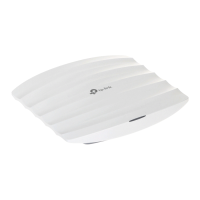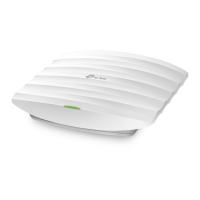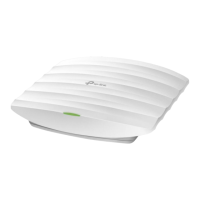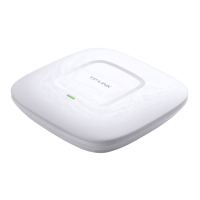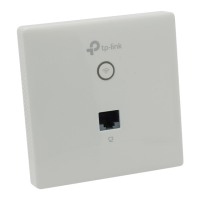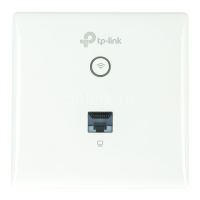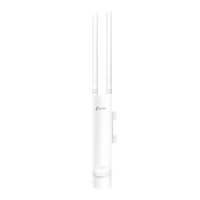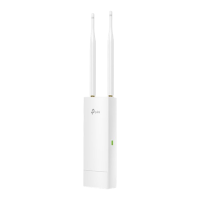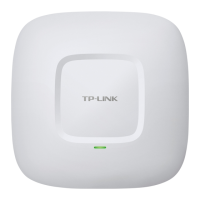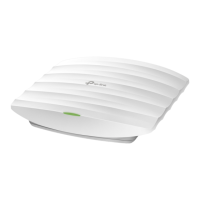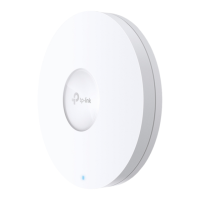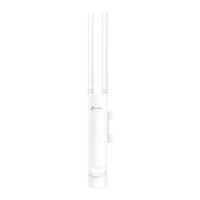45
Maximum Burst Maximum Burst specifies the maximum burst length allowed for
packet bursts on the wireless network. A packet burst is a collection of
multiple frames transmitted without header information. The decreased
overhead results in higher throughput and better performance.
4. In the Station EDCA Parameters section, configure the station EDCA (Enhanced
Distributed Channel Access) parameters. Station EDCA parameters affect traffic
flowing from the client station to the EAP device.
The following table detailedly explains these parameters:
Queue Displays the transmission queue. By default, the priority from high to
low is Data 0, Data 1, Data 2, and Data 3. The priority may be changed if
you reset the EDCA parameters.
Data 0 (Voice): Highest priority queue, minimum delay. Timesensitive
data such as VoIP and streaming media are automatically sent to this
queue.
Data 1 (Video): High priority queue, minimum delay. Time-sensitive
video data is automatically sent to this queue.
Data 2 (Best Effort): Medium priority queue, medium throughput and
delay. Most traditional IP data is sent to this queue.
Data 3 (Background): Lowest priority queue, high throughput. Bulk data
that requires maximum throughput and is not time-sensitive is sent to
this queue (FTP data, for example).
Arbitration Inter-
Frame Space
A wait time for data frames. The wait time is measured in slots. Valid
values are from 0 to 15.
Minimum
Contention
Window
A list to the algorithm that determines the initial random backoff wait
time (window) for retry of a transmission.
This value cannot be higher than the value of Maximum Contention
Window.
